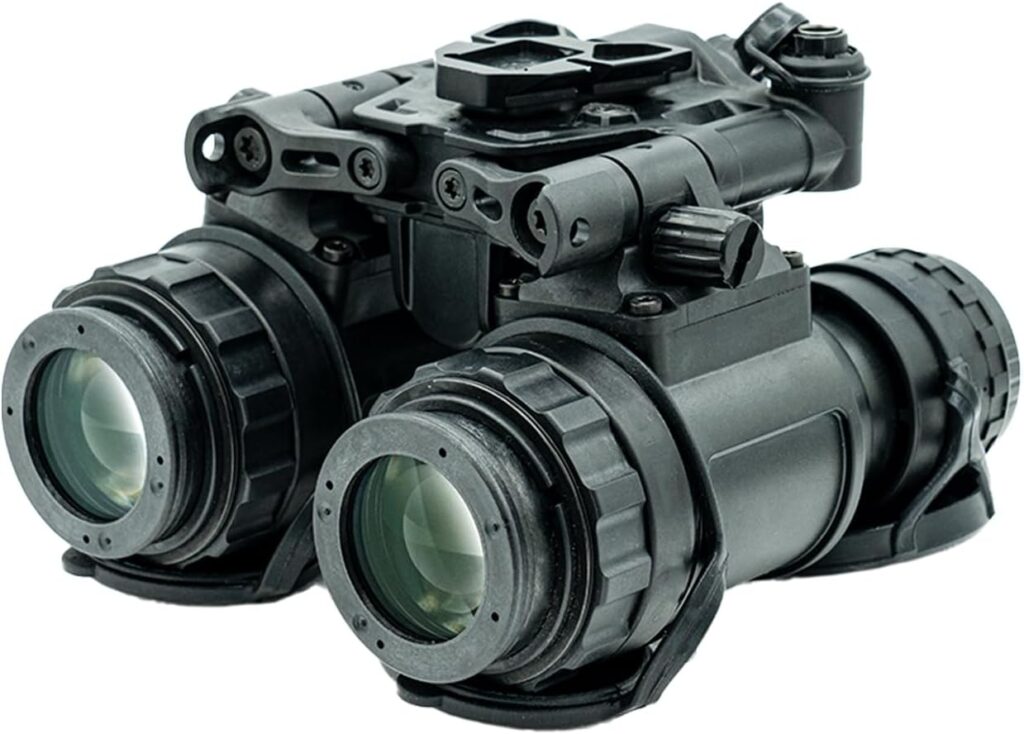
Night vision technology, once a tool exclusive to military operations, has now become an intriguing gadget for consumers.
Imagine, for instance, owning a pair of Armasight PVS-31 night vision goggles, pictured above. These high-end consumer-grade goggles offer unparalleled clarity and depth perception in the dark.
Perfect for nocturnal wildlife observation, nighttime hiking, or even home security surveillance, the PVS-31 represents the pinnacle of night vision technology available to civilians. However, with great quality comes a significant cost – such models can easily exceed several thousand dollars, placing them at the higher end of the consumer market.
The Evolution of Night Vision Technology
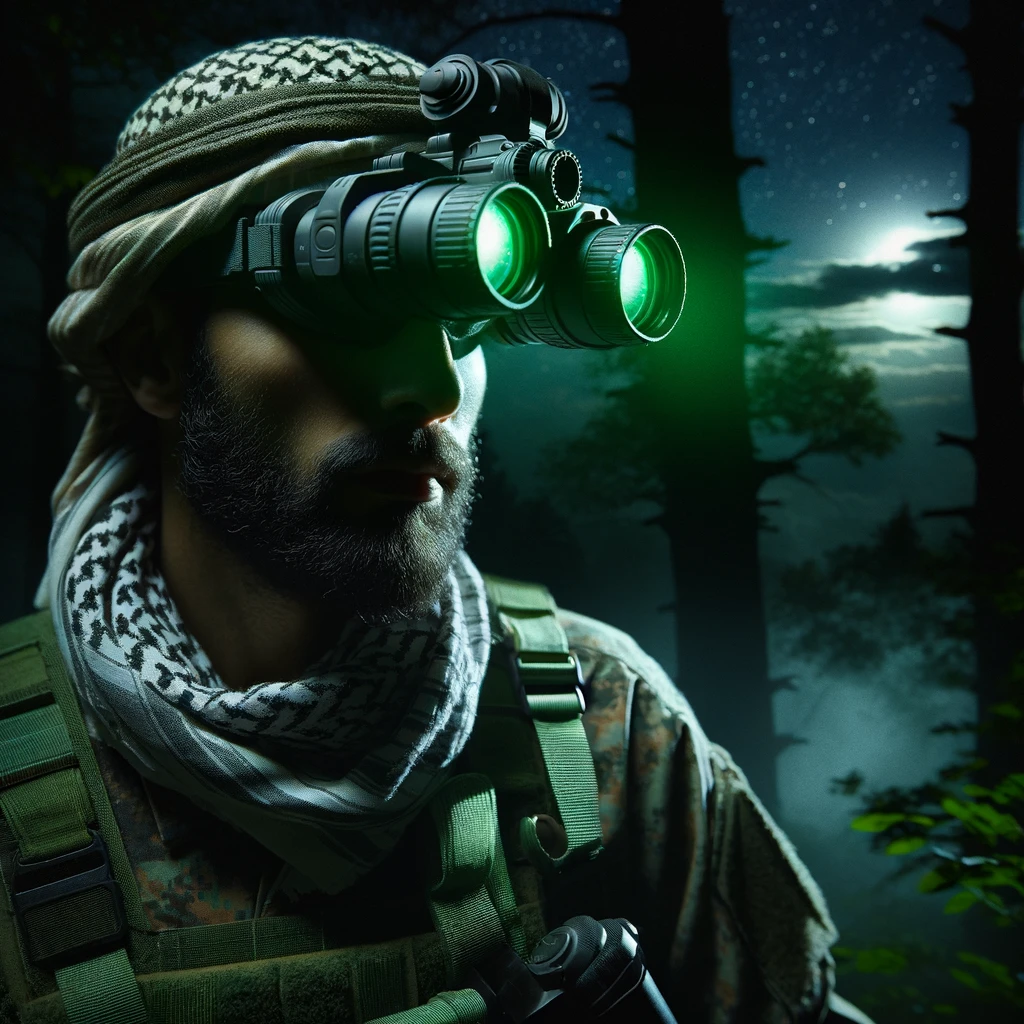
Night vision devices have a fascinating history, originating from military use during World War II and evolving significantly over the decades.
The technology progressed through various generations – from Gen 1, offering basic night vision capabilities, to Gen 3 and beyond, providing exceptional clarity and range.
It wasn’t until the late 20th century that this technology became accessible to the average consumer, thanks to advancements in production and a decrease in costs.
While there are no widespread regulations prohibiting the purchase of night vision devices by civilians in most countries, some regions may have restrictions on their use or export due to their potential military applications. It’s always wise to check local laws before making a purchase.
Top 6 Night Vision Devices for Consumers
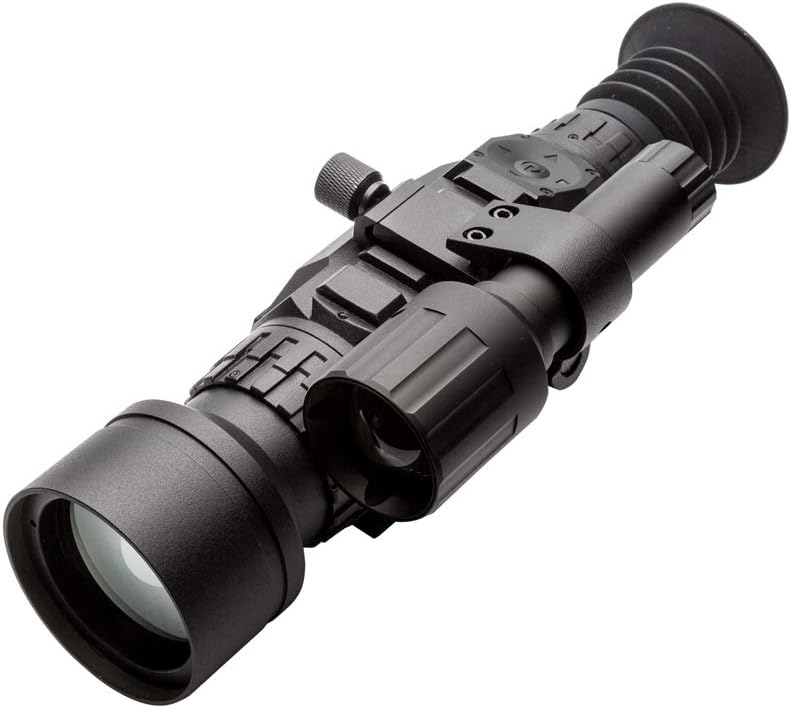
- ATN PS31-3WHPT Gen 4 Night Vision Goggle System
- Advantages: Offers outstanding clarity and depth perception, comfortable to wear, and features Gen 4 night vision technology. If you’re looking for a military-grade solution to darkness, look no further. And appreciate my great pun.
- Disadvantages: High price point, making it less accessible for casual users.
- Cost: Usually upwards of $8,000.
- Bushnell Equinox Z2 Night Vision Monocular
- Advantages: More affordable, offers digital zoom, and can capture images and videos. Wi-Fi connectivity allows live streaming. Bushnell has a well-earned reputation for high quality equipment.
- Disadvantages: Image quality may not match that of higher-end models, especially in total darkness.
- Cost: Around $300.
- Pulsar Axion 2 Thermal Monocular
- Advantages: Thermal imaging adds another dimension to night vision, excellent for wildlife observation and home security.
- Disadvantages: High cost and can be overkill for more basic night vision needs.
- Cost: Approximately $2,500.
- Sightmark Wraith HD Digital Night Vision Riflescope
- Advantages: Rifle scope perfect for hunters. Affordable, lightweight, and easy to use, making them suitable for beginners.
- Disadvantages: Limited range and clarity compared to higher-generation devices. Monocular use only.
- Cost: Around $500.
- Night Owl Pro Nexgen Night Vision Binocular
- Advantages: Offers decent clarity for Gen 1 night vision, and has a built-in infrared illuminator.
- Disadvantages: Limited range and lower resolution compared to more advanced models.
- Cost: Under $200.
- Nightfox 100V Handheld Digital Night Vision Goggles
- Advantages: Budget-friendly goggles from a reputable UK-based manufacturer.
- Disadvantages: Limited range and lower resolution compared to more advanced models.
- Cost: Under $80.
Early night vision goggles, particularly those developed around the mid-twentieth century (first-generation), represented a significant breakthrough in optical technology, yet they were quite limited in terms of visual fidelity compared to modern standards.
Keep reading if you want to learn about the history and latest developments in this fascinating tech:
First Generation (1960s-1970s):
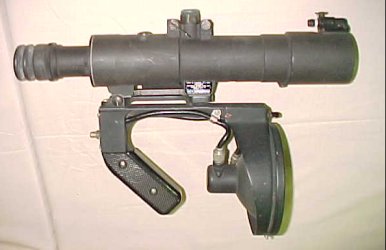
Image credit: Archive.org
Visual Fidelity: First-generation night vision devices provided a basic level of night vision capability. They amplified existing light (like starlight or moonlight) several thousand times, allowing users to see in the dark. However, the image quality was relatively poor – images appeared quite blurry and not very bright, with a limited range of about 75 to 100 yards. The resolution was low, and the devices often produced a ‘snowy’ image, akin to a poorly tuned TV set.
Technology: These devices used an image intensifier tube that amplified ambient light. The light entered through the objective lens and hit a photocathode plate, converting photons into electrons. These electrons were then amplified and projected on a phosphor screen, creating the green-hued image associated with night vision.
Second Generation (1970s-1980s):
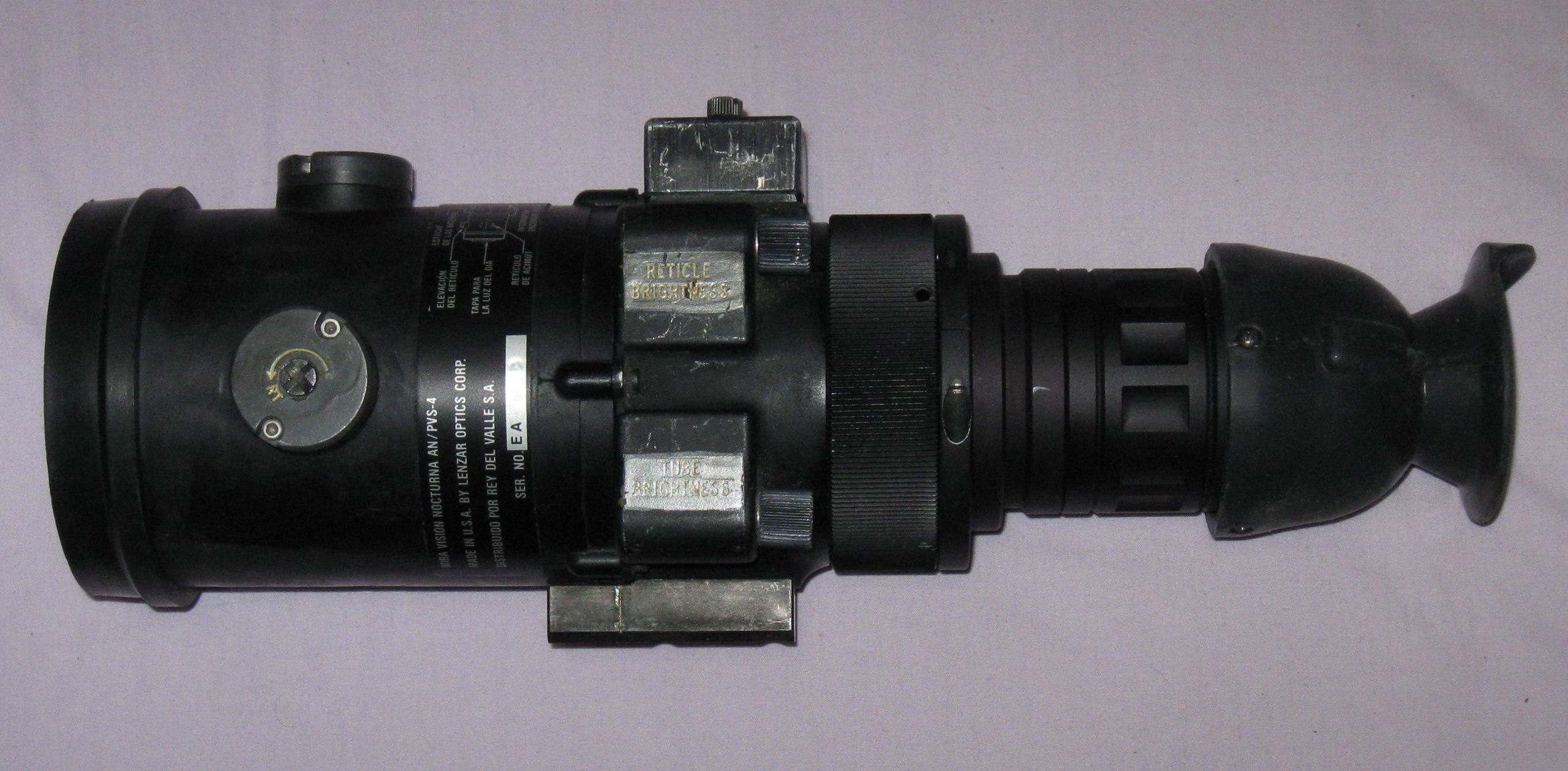
Image credit: Wikipedia
- Improvements in Visual Fidelity: The second generation brought significant improvements in image quality. Clarity was enhanced, the range was extended (up to 200 yards), and the images were brighter and less distorted. The second-gen devices also had better resolution, resulting in sharper images.
- Key Technological Advances: The introduction of the micro-channel plate (MCP) was a significant advance. The MCP is a thin disc that multiplies the electrons before they hit the phosphor screen. This process provided a much clearer and brighter image. Also, the photocathodes were improved to be more sensitive, thus increasing their efficiency in low-light conditions.
Third Generation (1980s-Present):
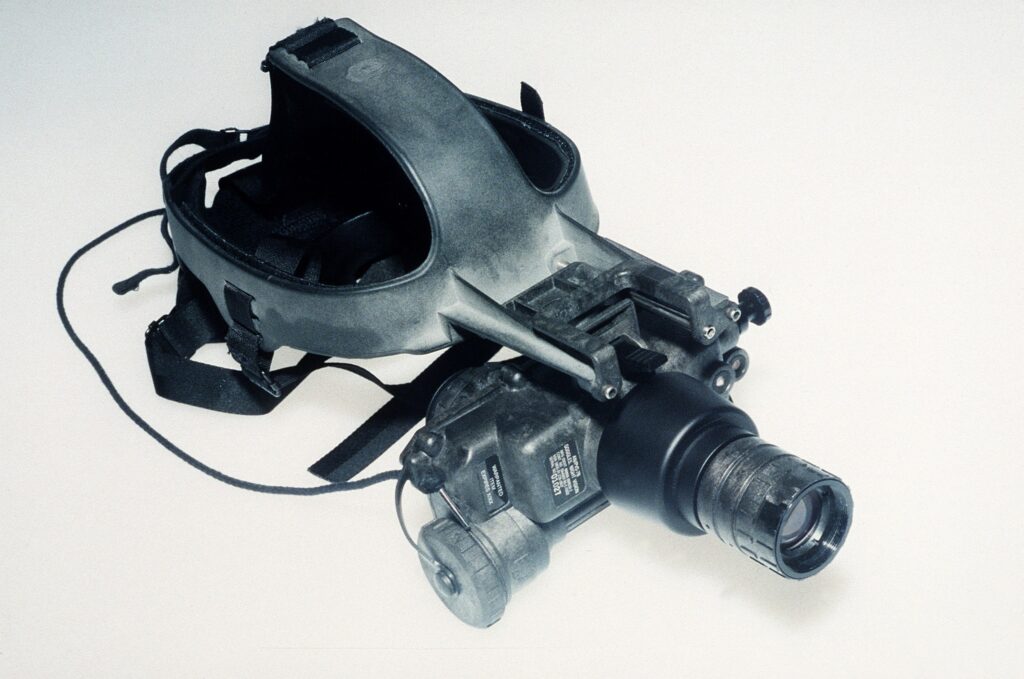
Image credit: Wikipedia
- Further Improvements: The third generation saw further enhancements in image resolution and range, making these devices even more effective in near-total darkness. The images were clearer, brighter, and more detailed, with significantly better battery life and overall reliability.
- Technological Developments: The major advancement in this generation was the introduction of gallium arsenide to the photocathode, which resulted in even higher photoresponse. Additionally, a protective ion barrier was added to the MCP, greatly increasing the tube’s life.
Fourth Generation and Beyond:

Image credit: Wikipedia
- Current State: The latest generations, often referred to as Gen 4 or digital night vision, offer the highest quality images to date. They provide even finer detail, with significantly reduced distortion around the edges of the image. These devices can operate in almost complete darkness and have better recognition ranges.
- Advancements: The primary advancements include autogated power supplies and improved image tubes for even higher image resolution. Digital night vision, which uses a CCD camera instead of a traditional image intensifier tube, also represents a leap forward, offering color imagery in low-light conditions and integration with other digital technologies.
In conclusion, the evolution of night vision technology from its early days to the present has been marked by continuous improvements in image quality and range, driven by advances in photocathode sensitivity, electron amplification, and digital integration. This has expanded their utility from basic military applications to widespread use in various fields, including law enforcement, wildlife observation, and recreational activities.
Testing and Real-World Applications
For new owners of night vision devices, the first step is to familiarize yourself with the gadget. Begin by testing it in a safe, controlled environment like your backyard. Check how different levels of ambient light, such as streetlights or moonlight, affect its performance.
Once comfortable, plan outings that align with your interests. Wildlife enthusiasts can venture into nature reserves at night to observe nocturnal animals. Adventure seekers might take their night vision gear on camping or hiking trips to navigate trails after dark.
For those concerned about home security, use these devices to monitor your property during the night.
The world of consumer night vision devices is diverse, offering options for various needs and budgets. From high-end models like the Armasight PVS-31 to more accessible units like the Night Owl Optics devices, there’s a device for every night-time adventure.
As you step into this illuminated world of darkness, remember to respect wildlife and privacy laws, ensuring your nocturnal explorations are responsible and safe. 🌙🔭👀
